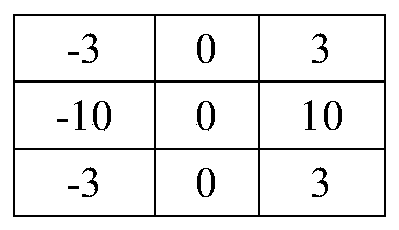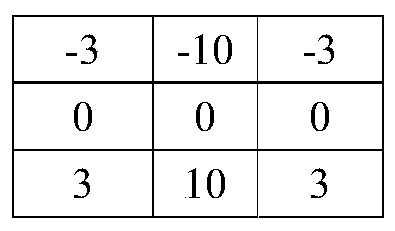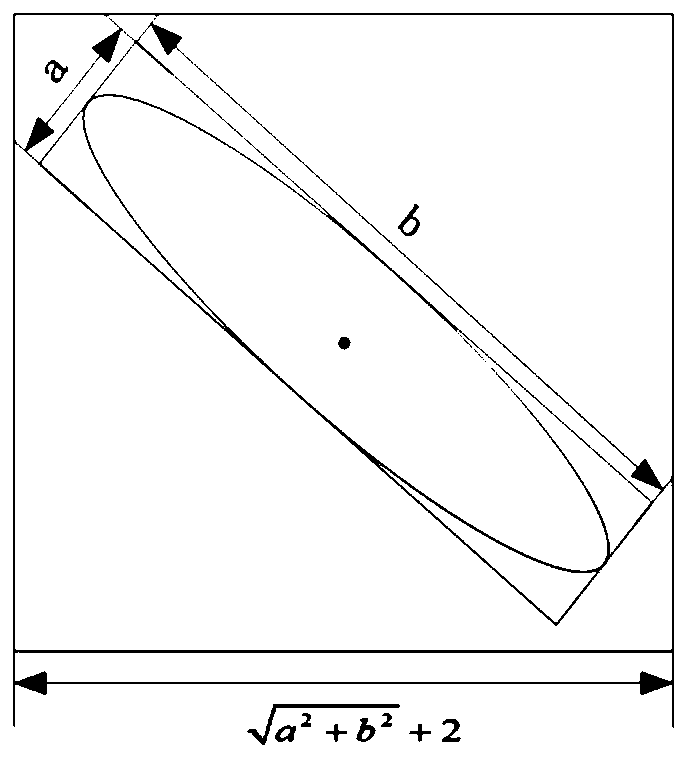Sea surface ship candidate region detection method based on visual saliency
A technology for candidate regions and ships, applied in the field of image processing, can solve the problems of a large number of ship images detection environment, large influence, slow detection speed, etc., to achieve the effect of fast detection speed, suppressing the influence of background noise, and accurate extraction results
- Summary
- Abstract
- Description
- Claims
- Application Information
AI Technical Summary
Problems solved by technology
Method used
Image
Examples
Embodiment 1
[0062] The first embodiment of the present invention provides a method for detecting a candidate area of a sea surface vessel based on visual saliency, including:
[0063] Step 1: Use the FT visual saliency model to obtain the frequency domain feature map of the optical remote sensing image containing the ship target on the sea surface;
[0064] Step 2: Use the Scharr edge detection operator to obtain the edge gradient feature map of the optical remote sensing image;
[0065] Step 3: Use Gaussian mixture function to fuse the frequency domain feature map and the edge gradient feature map to obtain a fusion feature map;
[0066] Step 4: Binarize the fusion feature map based on the otsu adaptive threshold segmentation algorithm, which is used to extract the area containing the ship target from the image to obtain the candidate area of the ship on the sea.
[0067] The present invention assumes that the input image of each step is a color image in the RGB color space. If the input image...
PUM
 Login to View More
Login to View More Abstract
Description
Claims
Application Information
 Login to View More
Login to View More - R&D
- Intellectual Property
- Life Sciences
- Materials
- Tech Scout
- Unparalleled Data Quality
- Higher Quality Content
- 60% Fewer Hallucinations
Browse by: Latest US Patents, China's latest patents, Technical Efficacy Thesaurus, Application Domain, Technology Topic, Popular Technical Reports.
© 2025 PatSnap. All rights reserved.Legal|Privacy policy|Modern Slavery Act Transparency Statement|Sitemap|About US| Contact US: help@patsnap.com



